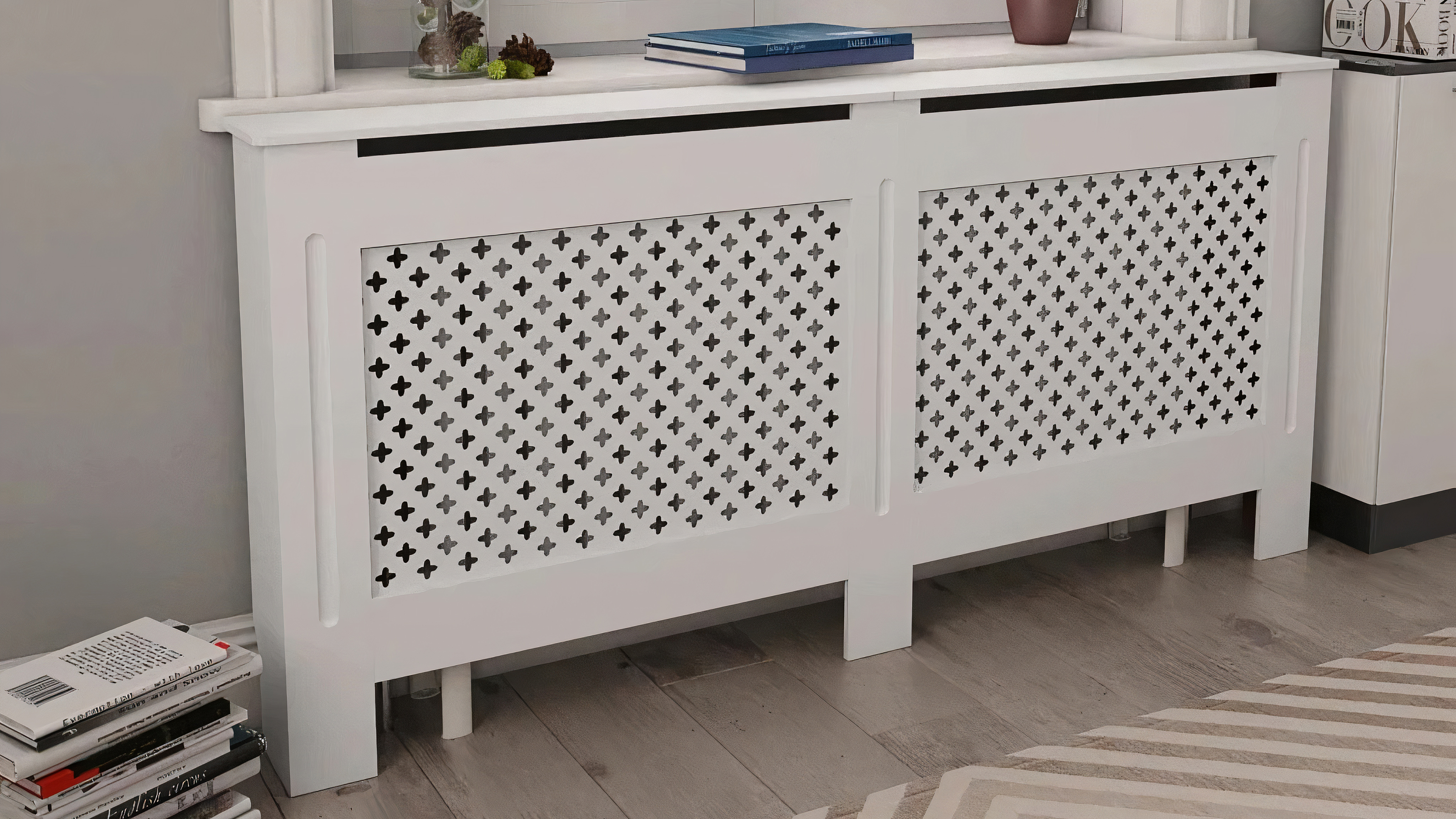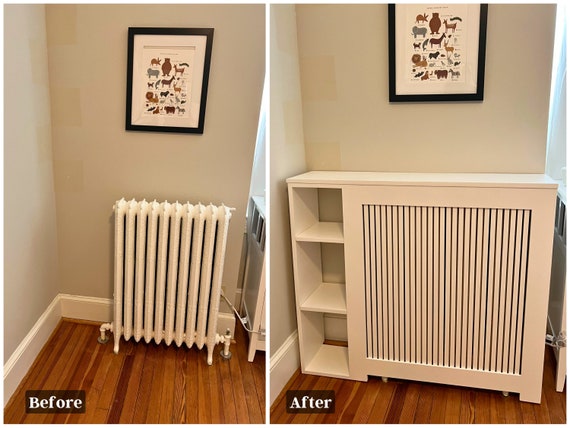What Does Radiator Covers Do?
The Only Guide to Radiator Covers
Table of ContentsThe Ultimate Guide To Radiator CoversRadiator Covers Things To Know Before You BuyThe Basic Principles Of Radiator Covers All about Radiator CoversSome Known Incorrect Statements About Radiator Covers About Radiator Covers
Over at the Old Residence Internet, Amy Hayden discussed Five Advantages to Using Radiator Covers. This has begun a little a dispute: Are rad covers beneficial or do they waste power? Hayden created, "Radiators are an excellent source of heat, however they also use up important square footage ...They may be called radiators, yet they should possibly be called convectors, because the bulk of the heat that we receive from a standard rad is moved by convection. In convection, air warmed up between the fins of the radiator increases to the ceiling and is pushed around the room in a circle.
Radiator Covers for Dummies
Hayden created, "Radiator covers with the proper support can distribute warmth extra successfully than an exposed radiator. Rather of the warm going straight to the ceiling, the back allows it to be pushed into the space." Lloyd Alter It holds true that radiators must have an appropriate reflective backing; I make use of foil-faced bubble cover insulation; it mirrors a little of the emitted warmth that would have been taken in by the wall back right into the area and the radiator.
Radiator covers can be valuable in older structures designed after the flu epidemic of 1918 - radiator covers. Then, as is the instance currently, health and wellness officials thought that fresh air was the means to stay clear of obtaining diseases and that individuals ought to copulate open windows. Dan Holohan composes in "The Lost Art of Heavy Steam Heating" that in New York City, the Board of Health bought that windows ought to remain open regularly, and the radiators were designed to keep buildings warm on the coldest day of the year with the home windows open
An Unbiased View of Radiator Covers
Some radiators, like copper finned contemporary rads, included important covers, frequently with dampers to readjust the convection; they, like steam rads, require covers because they are as well warm to touch. However, for a conventional actors iron rad that one discovers in old homes, attached to a hydronic system, a cover isn't needed for safety.
In a recent post, Holohan noted that some radiators can obtain precariously warm. He described a suit where a youngster rolled off the bed and got stuck in between the radiator and the bed and suffered major burns. He concluded, "If I was a landlord, I would cover all the radiators in the houses that had youngsters living there.
As a typical heating appliance, radiators are not there merely to look pretty however to keep your home cozy making use of all-natural convection. However, with even more emphasis on interior style, these appliances can verify undesirable and distract from the remainder of the meticulously plotted appearances of a space. To line up a radiator to the style of the rest of your space, you can cover one up though this does feature effects for the heating.
A radiator cover is essentially a means of hiding a radiator to cover it from sight. They generally can be found in 2 products, timber and galvanised steel. Timber is thought about one of the most typical product for a radiator cover as it simply looks much better. This is despite the fact that timber is not an excellent conductor of warmth but it is great for childproofing so is excellent for a young family members.
The Single Strategy To Use For Radiator Covers

Not only can they childproof the appliance and include blog here an aesthetically you can look here pleasing design, but a radiator cover can additionally add additional storage area, specifically in the washroom. With a flat surface, you should be able to save soaps and fragrances to keep them within very easy reach. By repurposing the room, the radiator cover can become a makeshift mantelpiece.
That is definitely the case with radiator covers and they can restrict the performance of your main furnace. By interrupting the circulation of cozy air and the natural convection, you can suffer warm loss and grab the thermostat when you truly ought to not need to. Properly, a radiator cover can cost you cash by excessively spending on home heating you are not taking pleasure in.
Radiator Covers Fundamentals Explained
These consist of bleeding the radiators, applying reflective support, and preserving a void for the radiator. The majority of households should be bleeding their radiators at the very least annually. The job helps to remove any trapped air which might be avoiding the warm water from obtaining around the device. It additionally only takes a minute approximately to hemorrhage a radiator and is a fail-safe means to boost its effectiveness.
Radiators function by natural convection, as chilly air sinks to the base of the wall surface, it enters into contact with the radiator then warms up and climbs as the air becomes much less dense. The warm air successfully warms up an area. However, if you were to put items beside the radiator, such as a sofa, or surround one with a radiator cover, then this would certainly hinder the natural convection and you would certainly not be able to feel the full benefits of the home heating.
Radiator covers might be an excellent choice if you have kids running about and need a method of stopping them from burning themselves on the warm surface. While a cover should look excellent to conceal a radiator, any material that obstructs a home heating appliance will lower its efficiency. To give a complete layout, the radiator cover should look at the shutoffs, as well as the heating system and pipes.
Not known Facts About Radiator Covers

Which my concern: exactly how do I set about finding out if my radiators should have covers? I have a close friend that thinks the problem is easy: a cover catches the warmth, so getting rid of the cover will enable the warmth to read review far better get in the space and will make the radiator a lot more effective.
And thats my question: how do I deal with identifying if my radiators should have covers? I have a pal that thinks the problem is straightforward: a cover catches the warmth, so getting rid of the cover will certainly enable the warm to far better go into the area and will make the radiator extra effective.
And thats my question: how do I go around finding out if my radiators should have covers? I have a close friend who thinks the issue is simple: a cover catches the heat, so eliminating the cover will certainly enable the heat to far better go into the space and will certainly make the radiator more efficient.